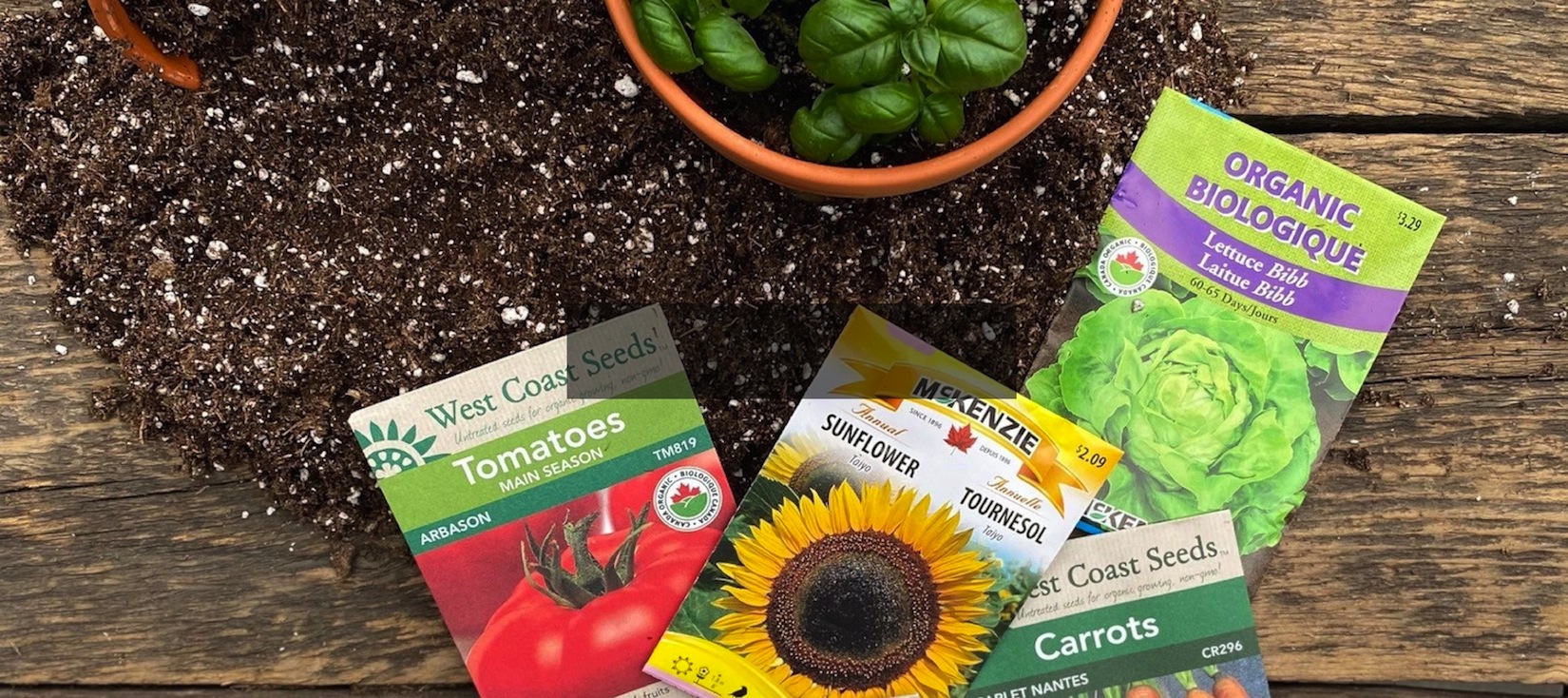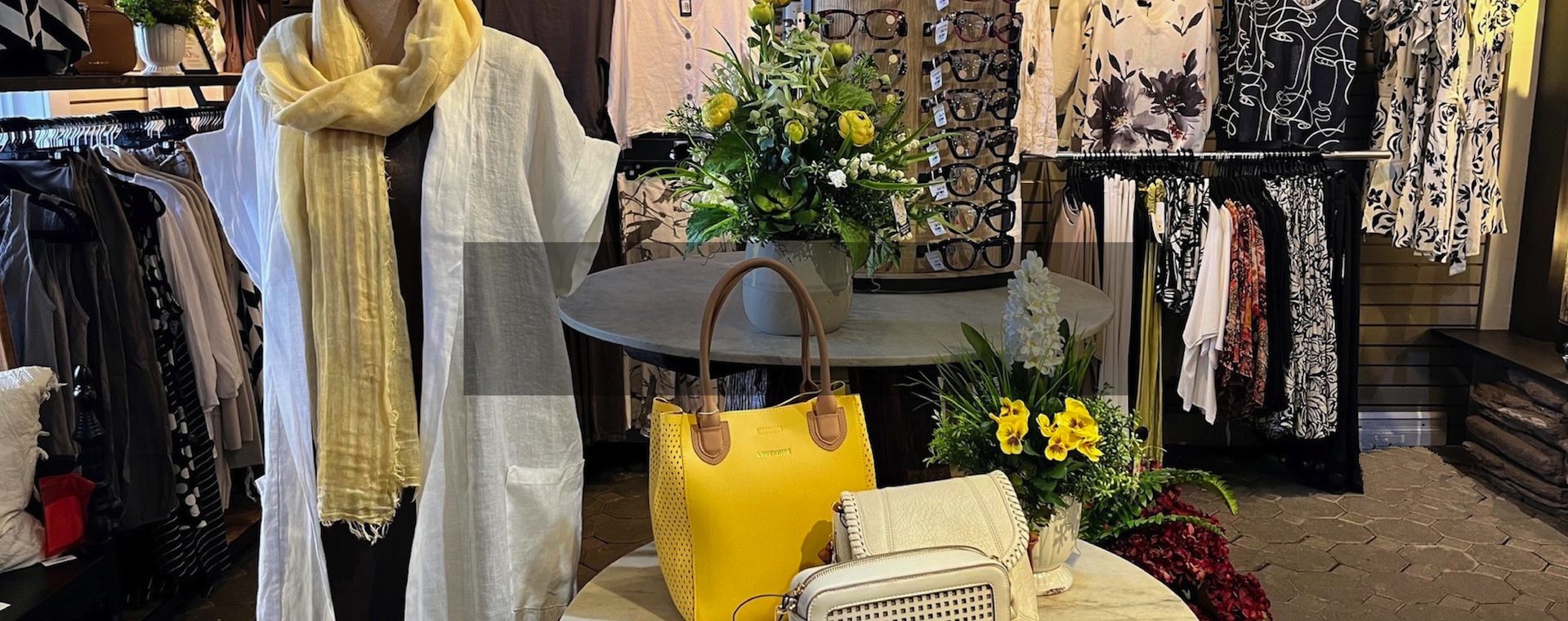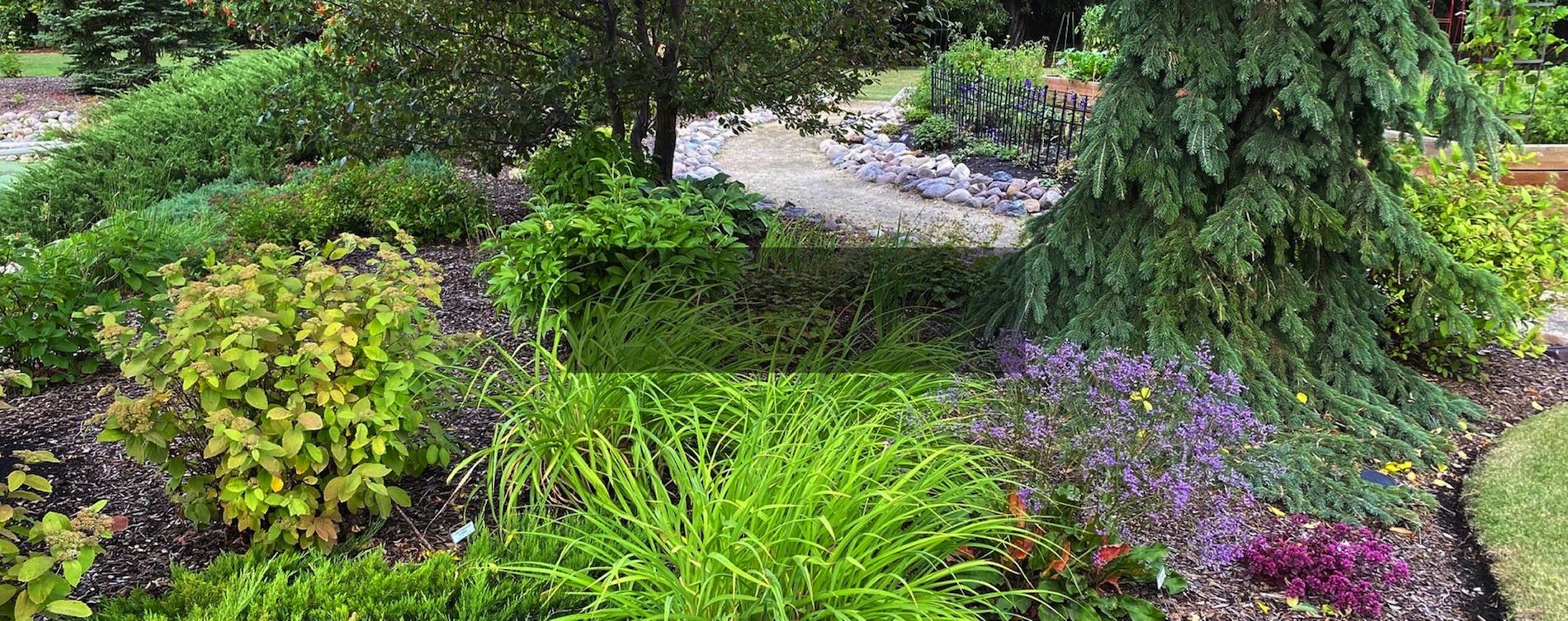Lady's Slippers, the Holy Grail of Garden Perennials

Joe Gadbois, March 11, 2024
Welcome to Greenland’s new garden blog! My name is Joe Gadbois, and I am the Perennials Manager here at Greenland. I am honoured to be the author of our first blog post, and you can bet on seeing a lot more from me in the future. I have loved writing about plants since I was a little boy, when I first developed an interest in horticulture. That’s really what this post is about: the 23-year journey that has brought me to where I am today. It starts with a peculiar yet enchanting plant known to most as the lady’s slipper orchid.
As a boy, I always enjoyed helping my mom and grandma in the garden. I remember helping pick out bedding plants during spring trips to the garden centres around Edmonton – given that my favourite colour is blue, I would always request blue-flowered plants like lobelia. But an early favourite of mine was the snapdragon, simply because it was so different from other flowers. The habit of being drawn to things that are different has endured to this day, and is no doubt why I so quickly became infatuated with lady’s slippers.
As I remember it, it all started with a Grade 5 Social Studies project on Prince Edward Island. While researching the province, I learned that its provincial floral emblem is the pink lady’s slipper (Cypripedium acaule). I don’t remember much else about the project; what I do remember is taking out any library books I could find with any reference to lady’s slippers. I simply had to learn more about them! I poured over books, and whenever I could get access to Internet I would scour the web for whatever information I could find.

That spring’s trip to the garden centres was a little different. This time I had a mission: I had to get myself a lady’s slipper. Most of the associates at the normal greenhouses we went to didn’t even know what we were asking for, and so I soon had my mom calling around to the larger garden centres to see who might stock the plant. By the end of the spring (much to my mother’s chagrin given the high price tags) I had myself two lady’s slippers: the large yellow lady’s slipper (Cypripedium parviflorum var. pubescens) and the aforementioned pink lady’s slipper. It was through this experience that I first met Bob Stadnyk, then Perennials Manager at Hole’s Greenhouses & Gardens, whom I have been so fortunate to work with here at Greenland through most of my career.
Needless to say, as a 10 year old I had a huge learning curve with these plants. I certainly loved them as much as a kid could love anything; I remember pulling my pink lady’s slipper around the block in my little red wagon to take it for an “outing” and show it off to the neighbours. But it took years of research, trial and error to master growing these plants in my Edmonton garden. By the time I was 15 or 16 I had quite a collection going, financed by a Saturday job that I was able to pick up more hours with during the summer.
My interest in lady’s slippers quickly branched out into other plants, but the garden beds I took over from my mom were always centred around lady’s slippers. Last year my partner and I moved into a house, and thus I have been planning a new garden for the first time in the 8 years since I moved into my condo; as before, special consideration is put into where the lady’s slippers are going to go. It has to be that way, both so that they can be properly appreciated and so that they are not overgrown by their neighbours. While we have a page on this website with good information on growing lady’s slippers already, I’d like to share some of what I’ve learned in the last 23 years here.

My first piece of advice is the same as for any plant: make sure you have the right location for the plant! Lady’s slippers are primarily plants found at the edge of woodlands or growing amongst tall grasses and scrub in the prairie. That means they like it bright, but shaded from hot afternoon sun. They will do well on the north or east side of a building, or in dappled shade under deciduous trees. Do not, however, plant them under conifers or in the aggressive root systems of large thirsty trees, as they will not tolerate heavy competition for moisture and nutrients. They also won’t do well crowded by larger and more aggressive perennials and shrubs. Make sure they have some space! Plant them near the front of a border with some smaller varieties of hosta or fern. Other good companions include bishops’ hat (Epimedium spp.), primrose (Primula spp.), rue anemone (Anemonella thalictroides), trillium, coralbells (Heuchera spp.), shooting star (Dodecatheon spp.), and fernleaf bleeding heart (Dicentra spp.).

Next is variety selection. There are undoubtedly varieties that are more suitable for beginners than others. In my opinion, for your first plant, either go for the native yellow species (C. parviflorum), which comes in large (var. pubescens) and small (var. parviflorum and var. makasin) varieties, or either of the hybrids ‘Gisela’ or ‘Ventricosum’. In my experience, any of these plants are the most forgiving, the easiest to please, and the quickest to multiply out of any on the market. The yellow species is also the easiest to find and often a little cheaper than others (although, I am finding it more challenging to source them for Greenland lately). Definitely do your research before buying as you don’t want to end up dropping $100 or more on a rare, exotic variety that dies because you weren’t ready for the challenge.
For first-time buyers, I would recommend buying a potted plant in growth (ideally in bloom) as opposed to ordering a bareroot plant in the fall or early spring. This way, you know exactly what you’re getting. Definitely avoid buying younger plants or seedlings, as they are more sensitive and you could wait years for a bloom. Buy the largest plant you can afford. We sell potted blooming sized plants in our perennials department here at Greenland in the spring.

When it comes to actually planting and growing lady’s slippers, the most important aspect after site selection is soil quality. You need to plant in loose, free-draining soil that still has some moisture retention. Heavy clay soil should be dug out to a depth of at least 12 inches and replaced with good quality garden loam, amended with compost. An additive I really like for loosening and fluffing up the soil is coir, also called coconut fibre. This is all you need for most varieties; you don’t need a complicated soil recipe with hard-to-find ingredients. If you start growing Asian species or hybrids only involving Asian parentage, then you will need sharp drainage and you can get that by adding crushed pumice or grit to your soil. Certain species (such as the pink lady’s slipper mentioned earlier) have more specific growing requirements.
Despite what many articles will tell you, I have never had an issue planting lady’s slippers that are in growth or bloom. In fact, I have found in Alberta’s hot and dry summers that keeping them in pots until fall can be challenging and may result in losses unless you pay really close attention. Although some growers in other parts of the world have success growing them in pots, lady’s slippers really don’t like pots and do better in the ground. Their roots grow shallow and should be planted in the top 4 inches of soil, spread out horizontally. A thin mulch of bark or conifer needles can be placed over the soil, but if touching the stems can cause rot during rainy periods.

The soil should be kept damp, but never waterlogged, and never allowed to completely dry out. Honestly I find the plants almost grow themselves once established. In the right soil and the right location you will just need to water during hot and dry periods to keep the plants from drying out. In the fall, moisture should be reduced to help the plants enter dormancy. They do not tolerate winter wet, which is why soil drainage is important and why they are challenging to grow in coastal regions.
In terms of fertilizer, they can be treated the same as other perennials. I like to use a combination of compost and slow-release organic fertilizers in my perennial beds. You can use synthetic fertilizers too, in which case slow-release is the best. I add an inch of Sea Soil (my favourite compost) around my plants, along with Dr. Earth all-purpose fertilizer in early spring. I add more Dr. Earth in early summer. I also add bone meal in the fall. Plants that are starved for nutrients will abort flower buds and show pale growth. Of course, they will also multiply more slowly.

Once plants form a large clump, they should be divided before too long. Old plants will eventually start to decline, but dividing will rejuvenate them. This is best done in fall, once the foliage has yellowed. I water the plants lightly first and use a fork to loosen the roots from underneath, then gently lift the clump out. Then, I cut off all the foliage and wash all the soil off with the garden hose – this makes it easier to see what you’re working with, and the plants don’t mind it. I use my hands to twist and bend the rhizome (the underground stem that roots and eyes grow from) at natural division points until it breaks – I never cut into the rhizome. Make your divisions fairly large – at least a few eyes each, the bigger the better. A big clump could simply be split into three chunks; replant them in a group and you will still have a nice display (give them some room to grow).





